Whether you need cables and what cables you need for SSD depends on what kind of SSD you have.
A SATA SSD with a 2.5″ form factor requires a SATA Data cable and a SATA Power cable. The M.2 SATA SSD and the M.2 NVMe SSDs DO NOT require cables.
Essentially. There are two types of Solid State Drives: SATA SSDs and NVMe SSD. The former uses the SATA interface, whereas the latter uses the PCIe interface.
In addition, there are two prevalent form factors for the SSDs: 2.5″ and M.2.
Therefore, the type of SSD and its form factor determines whether you need power and data cables.
In the following text, I will further explore the question, “what cables do I need for SSD?” by particularly looking at their types.
TABLE OF CONTENTS
What Cables Do I Need for SSD?
Again that depends upon what SSD you have.
When you consider the different interfaces and form factors, then there are essentially three types of SSDs out there:
- SATA 2.5″ SSD
- SATA M.2 SSD
- NVMe M.2 SSD
Let us explore each of the SSD below:
1. SATA 2.5″ SSD – Requires SATA DATA and SATA Power Cable
SATA SSDs with a 2.5″ form factor use the SATA interface to connect to the PC.
The most current version of the SATA interface is SATA 3, and it can reach theoretical speeds of up to 6 Gpbs or 750 MBps (Mega BYTES per second).
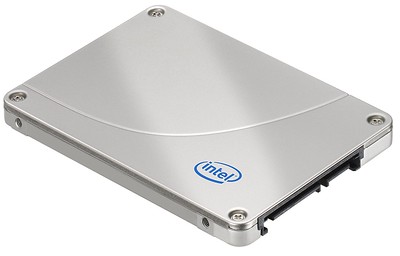
A typical SATA 3 SSD can reach read and write speeds of about 550 MB/s. This is about 2-3 times faster than an average HDD. An HDD can reach speeds of about 200 MB/s at best.
Note that this type of SSD has the same form factor (size) as the 2.5″ HDD found in laptops.
To connect this SSD to your motherboard, you need two cables:
- SATA DATA Cable
- SATA Power Cable
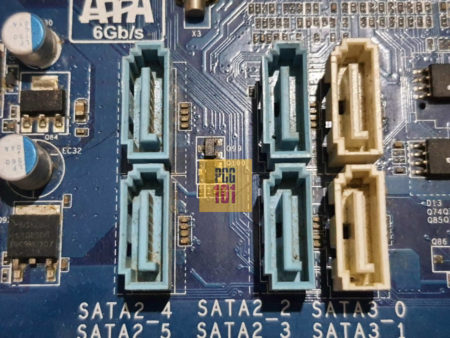
In addition to the cables, you must also have a free SATA port on your motherboard.
SATA DATA Cable for 2.5″ SATA SSD
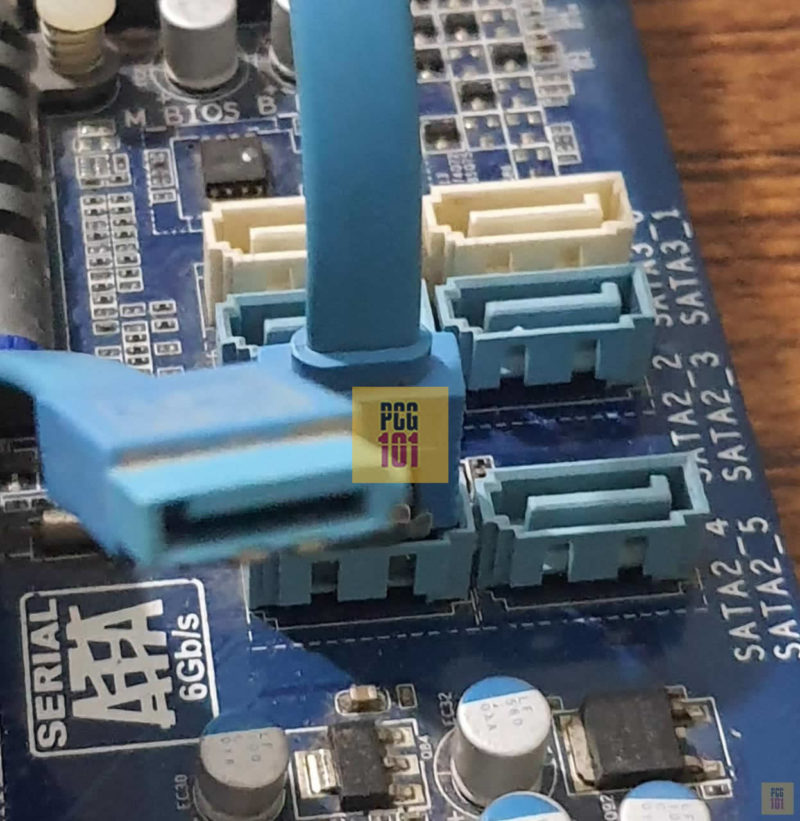
A SATA DATA cable has identical ends. It connects to the SATA port on the motherboard on one end and the 2.5″ SSD on the other.
A couple of SATA DATA cables are often provided with the motherboard.
Also Read: Do Motherboards Come with Cables?
SATA Power Cable for 2.5″ SATA SSD
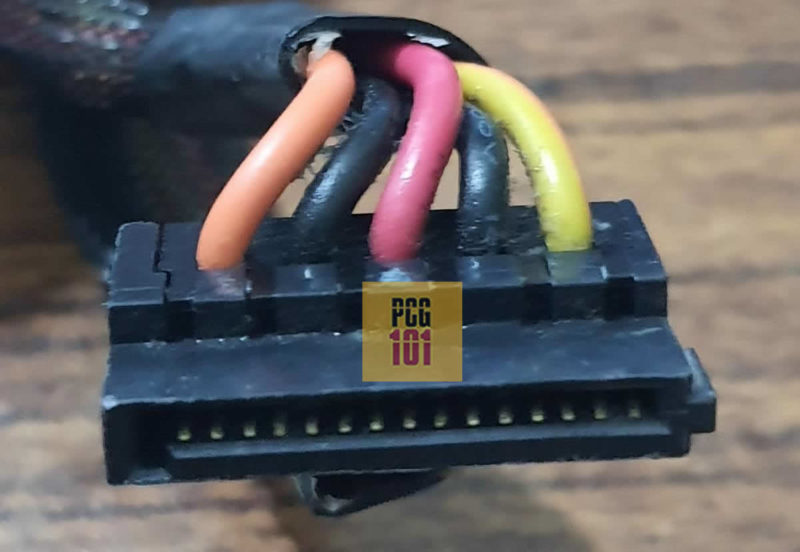
A 2.5″ SATA SSD also requires power to run. This is supplied through the 15-pin SATA power cable, as shown above.
The Power Supply Unit (PSU) provides the SATA Power cable. This cable would connect one end to the PSU and the other to the 2.5″ SATA SSD.
Also Read: What Does SATA Cable Look Like?
2. SATA M.2 SSD – Does NOT Require Any Cable
A SATA SSD based around the M.2 form factor looks like a stick, as shown below:

This type of SATA SSD only requires a free M.2 slot on your motherboard.
It does NOT need any data or power cable.
An M.2 SSD receives the power it needs to run from the motherboard itself, and since it attaches to the port physically, it does not require a data cable.
An M.2 SATA SSD also typically runs at about 550 MB/s transfer speeds, similar to the 2.5″ SATA SSD.
Also Read: Does SSD Need Power?
A Note on SATA Version and SSD Speeds
You must connect the 2.5″ SATA SSD to the latest SATA 3 port to get the best speeds. Each newer SATA version typically doubles the transfer speed compared to the previous generation. As such:
- SATA 1 has a transfer speed of 1.5 Gbps or 187.5 MB/s
- SATA 2 has a transfer speed of 3.0 Gbps or 375 MB/s
- SATA 3 has a transfer speed of 6.0 Gbps or 750 MB/s
If you plug your 2.5″ SATA SSD into an older SATA 2 port, its overall transfer speed will technically be halved.
Also Read: How to Identify SATA 1 2 3 on Your Motherboard and Drive?
3. NVMe M.2 SSD – Does NOT Require Any Cable
Like the SATA M.2 SSD above, an NVMe SSD also does NOT require a cable.

An NVMe SSD requires only a compatible M.2 slot on the motherboard.
An NVMe SSD, unlike the SATA SSDs, uses the PCIe interface, which is countless times faster than SATA.
As such, NVMe SSDs are currently the fastest kind of drives you can install on your PC. They are also the most expensive but well worth the cost.
The speed of an NVMe SSD differs from PCIe generation to generation. For instance, PCIe 3.0 NVMe SSDs can typically achieve rates of about 3500 MB/s. The newer PCIe 4.0 NVMe SSDs can usually reach about 5500 MB/s. Compare this to 550 MB/s conducted by SATA SSDs and 200 MB/s achieved by your average HDDs.
You need an M.2 supporting the latest PCIe version to install the newer-gen NVMe SSDs on your motherboard.
Some more relevant information on NVMe SSDs:
Also Read:
Identifying M.2 SATA SSD vs. M.2 NVMe SSD Through Their Keys
Since NVMe and M.2 SATA SSDs use the same M.2 profile, you can differentiate between them by looking at the socket Key.
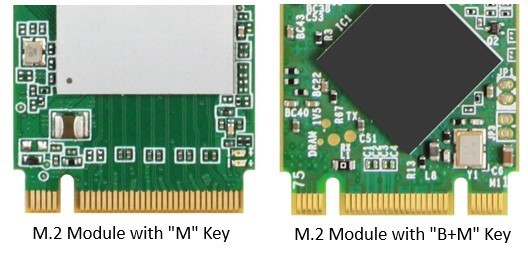
- NVMe SSDs use M Key
- SATA SSDs use B+M Key
Which Components Come With What Cables
If you are confused as to where to find the required cables and particularly want to know which components come with what cable(s), then the following table should help:
| Cable | Component it Comes With |
| SATA Data Cables | Motherboard (Often two provided) |
| SATA Power Cables | Power Supply Unit |
| PCIe Power Cables | Power Supply Unit |
| Motherboard and CPU Power Cables | Power Supply Unit |
| Main Power Cable | Power Supply Unit |
| Video Output Cables | Monitor |
| Front Panel Jumper Cables | PC Case |
| Front USB Cables | PC Case |
| Front Audio Cables | PC Case |
Also Read:
Final Words
So to summarize and reiterate, the answer to the question, “what cables do I need for SSD?” essentially depends upon what kind of SSD you have.
SATA SSDs using the 2.5″ form factor require a SATA Data and SATA Power cable.
The SSDs using the M.2 form factor, such as the M.2 SATA SSD and the M.2 NVMe SSDs, DO NOT require any cables.
FREQUENTLY ASKED QUESTIONS
1. Can I use the same cable for SATA and NVMe SSDs?
No, you cannot use the same cable for SATA and NVMe SSDs. SATA SSDs use a SATA interface and require a SATA data cable and power cable to connect to the motherboard.
NVMe SSDs, on the other hand, use the PCIe interface and require an NVMe-compatible M.2 slot on the motherboard and an NVMe M.2 SSD cable.
2. Do I need a specific cable for connecting multiple SSDs to a motherboard?
It depends on the type of motherboard and the number of available SATA or NVMe ports. If you’re connecting multiple SATA SSDs, you’ll need a SATA data cable for each SSD and a power cable splitter or a power supply with multiple SATA power connectors.
If you’re connecting multiple NVMe SSDs, you’ll need to make sure that your motherboard has multiple NVMe M.2 slots and that each slot is compatible with your SSD.
3. Where can I find reliable and compatible cables for my SSD?
You can find reliable and compatible cables for your SSD from computer hardware stores, online retailers, and manufacturer websites.
When purchasing cables, it’s important to make sure that they are compatible with your specific SSD and motherboard. You should also look for high-quality cables that are certified by the manufacturer and meet industry standards for performance and reliability.
Also Read: What Does SSD Look Like?
